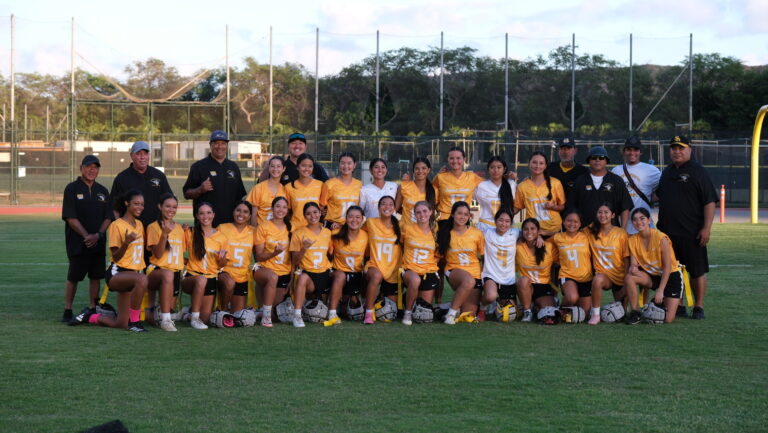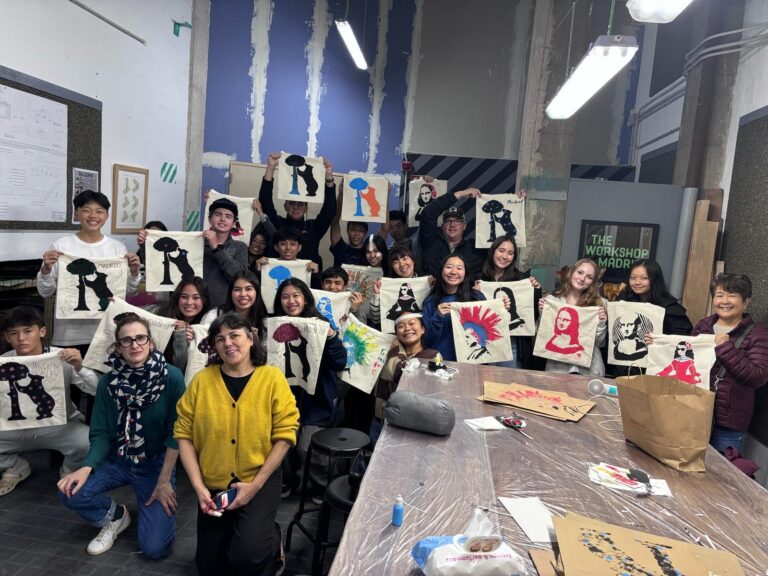This morning, people from all over the world gathered across the continental United States to witness a total solar eclipse. Such an eclipse, where the moon completely obscures the sun, has not been seen in the continental United States for 36 years.
This year’s eclipse, commonly known as The Great American Eclipse, was seen across the nation from Salem, Oregon on the west coast, all the way to Charleston, South Carolina on the east coast. After this year, the next eclipses are expected to be in 2024 and 2045.
This year, viewers near Carbondale, Illlinois, experienced a totality—when the Moon’s shadow completely obscures the sun—lasting up to a whopping two minutes and forty seconds. Hawaii residents were only able to see a partial solar eclipse (where up to 27% of the Sun was obscured by the Moon) between 5:50 A.M. and 7:25 A.M. NASA’s Public TV Channel lived-streamed the event from different states along the way of the eclipse’s path.
Solar eclipses occur when the Moon passes between the Sun and the Earth and fully or partially blocks the Sun. A total solar eclipse occurs when the Moon completely covers the Sun’s disk, revealing solar prominences, which are the bright features that extend outwards of the sun from the Corona. In the ancient world, eclipses were regarded as supernatural events and were thought to happen when the gods were angry.
If the Moon were in a perfectly circular orbit we would experience total solar eclipses every month. However, because the Moon’s orbit is slightly tilted at about 5 degrees to the Earth’s orbit, no more than two total solar eclipses can occur in the same year and it is indeed rare to see them at any particular location. This is because totality exists only along a long narrow path on the Earth’s surface that is traced by the Moon’s shadow.
During a totality, a swath of the Earth sits in the shadow of the Moon, making day time seem like the twilight hour. But the area in which this shadow falls is just wider than a hundred kilometers, which means that viewers in the shadow will also be able to see sunlight in the distance, making for a surreal experience.
The simplest way to safely view a solar eclipse is to wear solar eclipse glasses or viewers which simply block out all of the harmful UV and infrared light while letting in only about 1% of the light from the sun. One could also assemble a home-made pinhole projector, which essentially involves making a pinhole in a cardboard box to allow light in, so as to capture a projection of the eclipse on a piece of paper.
The last and most elaborate way to view the sun is to use a telescope and a solar filter. This will provide a magnified view of the sun through the telescope while cutting the light down with the solar filter in the front of the scope. While this is one of the best ways to view the eclipse, it’s also the most expensive.






